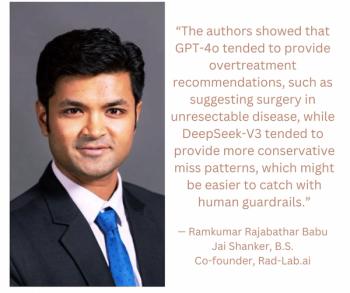
Siemens unveils first CT/linear accelerator combo
With considerable fanfare, Siemens unveiled a sliding gantry version of its Somatom Plus 4 multislice CT system last week, installed in conjunction with a Primus linear accelerator at Morristown Memorial Hospital in Morristown, NJ.The chairman of the
With considerable fanfare, Siemens unveiled a sliding gantry version of its Somatom Plus 4 multislice CT system last week, installed in conjunction with a Primus linear accelerator at Morristown Memorial Hospital in Morristown, NJ.
The chairman of the hospitals department of radiation oncology, Dr. James Wong, went so far as to compare the setup with the introduction of anesthesia.
This is one of the most potent machines invented, Wong said. This combination will radically change the way radiation is given. In my opinion, this is as important as ether was for doing surgery. This way, you can fix the tumor in space, just like anesthesia fixes patients in space. Its like doing surgery with eyes closed versus doing surgery with eyes open.
What has Wong so excited is a CT scanner on rails that can move in and out of the radiation treatment room (SCAN, 3/15/00) while the patient table remains immobile. The gantry makes incremental movements during the scanning process rather than having the table turn. Based on tumor localization data from the CT scan, the linear accelerator can then almost immediately deliver optimal radiation to the tumor while sparing normal tissue.
Traditionally, patients have been scanned in the diagnostic imaging department, usually days before radiation therapy, making it impossible to place a patient in precisely the same position under the linear accelerator. In that time the tumor may have grown or changed position and the patient may have gained or lost weight, limiting the accuracy of treatment.
When we give radiation at the present time we have to limit the dosage because we could hit some normal tissue, Wong said. Like surgeons, we can only resect so much normal tissue. If you can see the tumor while youre treating, you can treat the tumor and nothing else and bring the (radiation) dosage higher.
According to Wong, the initial idea for the combination CT/linear accelerator came six years ago from Dr. Minoru Uematsu at the National Defense Medical College in Saitama, Japan. Wong and Uematsu had been colleagues at Harvard University 10 years ago. Wong approached Dennis Falkenstein, Siemens vice president for sales and development, and asked the company to develop the machine. Wong, Uematsu, and Siemens exchanged information during the four-year project.
This is the first such installation in the U.S., although another will be launched in a couple of months at Christiana Care Hospital in suburban northern Delaware, Falkenstein said. Uematsu and Siemens partner in Japan, Toshiba Medical Systems, have put a single-slice CT scanner and linear accelerator in the same room in that country.
Siemens is working on further automation of the whole process. The patient table is set to accept an interface between the machines, Falkenstein said.
Where this will take us we dont yet know, Wong said.
Newsletter
Stay at the forefront of radiology with the Diagnostic Imaging newsletter, delivering the latest news, clinical insights, and imaging advancements for today’s radiologists.




























